Electrical cables and sockets are integral to the safe and efficient operation of any building, whether residential or commercial. However, like all electrical components, they have a finite lifespan and can become dangerous if not maintained properly. Knowing when to retire or make these electrical items redundant is crucial for ensuring safety and preventing costly repairs.
Safety Concerns
- Frequent Electrical Faults:
- If your electrical system frequently trips circuit breakers or blows fuses, this could be a sign of faulty wiring or overloaded sockets. Persistent issues like these indicate that the cables or sockets may need to be replaced to prevent potential hazards such as fires or electric shocks.
- Overheating:
- Electrical cables and sockets that become hot to the touch are a significant safety risk. Overheating can indicate that the cables are not capable of handling the electrical load or that there is a poor connection. This issue should be addressed immediately by replacing the faulty components.
- Burn Marks or Scorching:
- Visible burn marks, scorching, or discoloration around sockets or on cables suggest overheating or short circuits. These signs are clear indicators that the affected components should be made redundant and replaced to prevent electrical fires.
Physical Damage
- Frayed or Exposed Wires:
- Cables with frayed insulation or exposed wires are dangerous and should be retired immediately. Damaged insulation can lead to short circuits, electrical shocks, and fire hazards.
- Cracked or Broken Sockets:
- Sockets that are cracked, broken, or have loose connections should be replaced. Damaged sockets can cause poor connections, leading to overheating and increased risk of fire.
Age and Wear
- Lifespan of Cables and Sockets:
- Over time, electrical cables and sockets degrade and lose their effectiveness. The lifespan of these components can vary, but generally, they should be inspected regularly and replaced every 20-30 years, or sooner if they show signs of wear and tear.
- Outdated Wiring Systems:
- Older wiring systems, such as those with aluminium wiring or cloth-insulated cables, are more prone to issues than modern systems. These outdated systems should be upgraded to meet current safety standards.
Performance Issues
- Inconsistent Power Supply:
- Flickering lights or intermittent power supply can indicate problems with the wiring or sockets. If you experience these issues frequently, it might be time to assess the electrical system and replace faulty components.
- Inability to Handle Load:
- If your electrical system struggles to handle the load of modern appliances and devices, it may be time to upgrade. This includes replacing old cables and sockets with ones that can manage higher electrical loads safely.
Legal and Compliance Factors
- Regulatory Compliance:
- Electrical systems must comply with current safety regulations. Non-compliant wiring and sockets should be replaced to meet legal standards and ensure safety.
- Insurance Requirements:
- Insurance policies often require that electrical systems are up-to-date and well-maintained. Non-compliance can affect your coverage and the ability to make claims in the event of an incident.
Environmental Considerations
- Energy Efficiency:
- Modern electrical systems are designed to be more energy-efficient. Retiring old, inefficient cables and sockets can help reduce energy consumption and lower utility bills.
- Recycling and Disposal:
- Proper disposal and recycling of old electrical components can reduce environmental impact. Many parts of cables and sockets can be recycled, so check with local recycling programs for proper disposal methods.
Deciding when to make electrical cables and sockets redundant involves considering safety, performance, legal compliance, and environmental impact. Regular inspections and maintenance are essential to identify when components should be retired. By prioritising the safety and efficiency of your electrical system, you can prevent potential hazards and ensure a reliable power supply for your home or business.


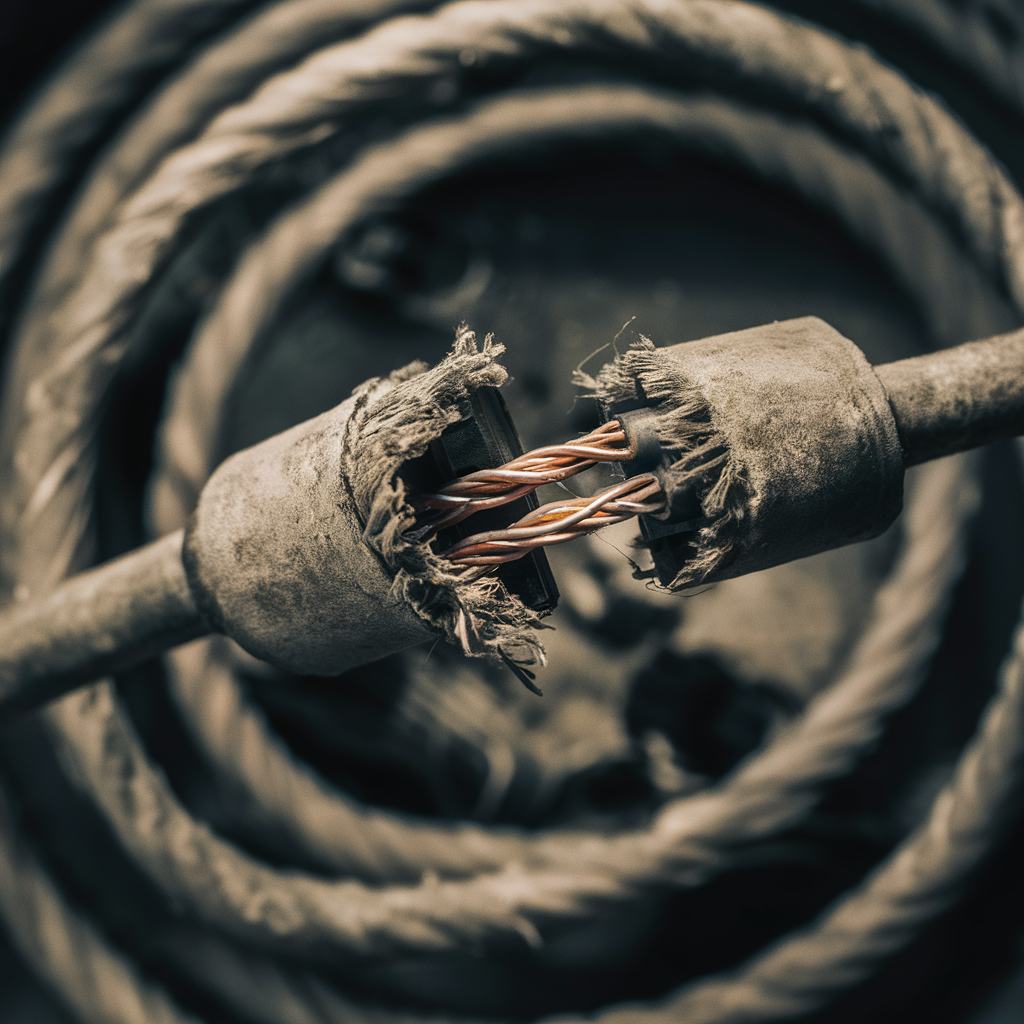
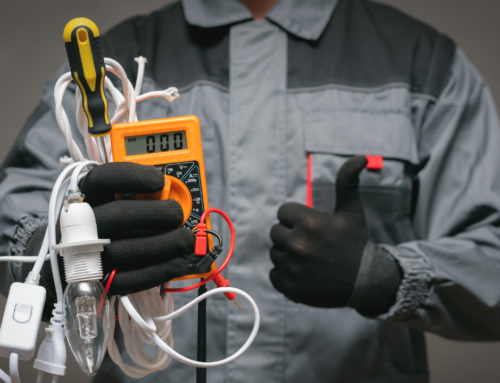
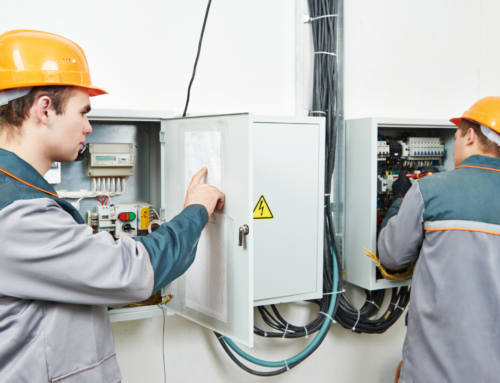
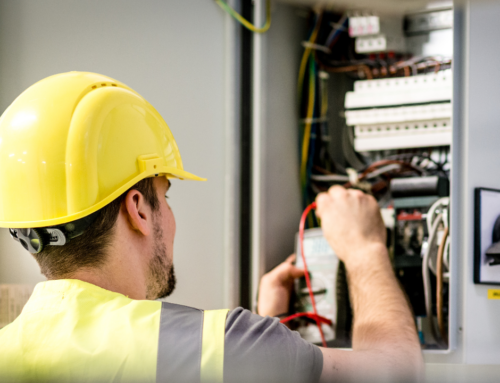
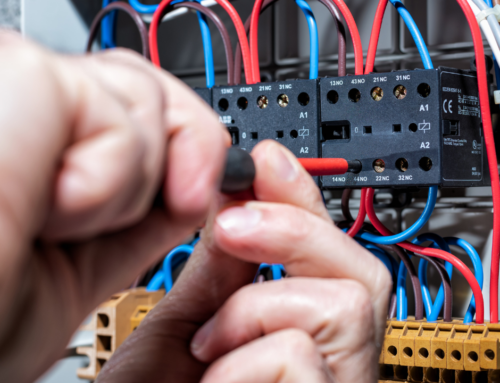
Leave A Comment